I need to generate up to 2 kV by pulsing a DC 1kV source. The circuit I used is the following:
Clearly, this circuit is intended for an AC input that has both positive and negative halves where as in my case I have fully positive AC input. I obtained 2 Us with this circuit but this has pushed me to better understand what's happening in my case. I know to double my voltage I need for two capacitors in series to somehow be charged each to Us and for the diodes to block current flowing back to the voltage source. In AC, I understand that we alternate charging two capacitors alternatively thanks to branches d1 d3 and d2 d4. In my case, in this diagram the only two capacitors that matter would correspond to C2 and C4 correct? Is my understanding correct that D1 and D3 will not function in this case? How can I simplify this circuit for my usecase?
Do you have any other suggestion perhaps easier to step up my 1 kV to 2kV in a cheap way?


